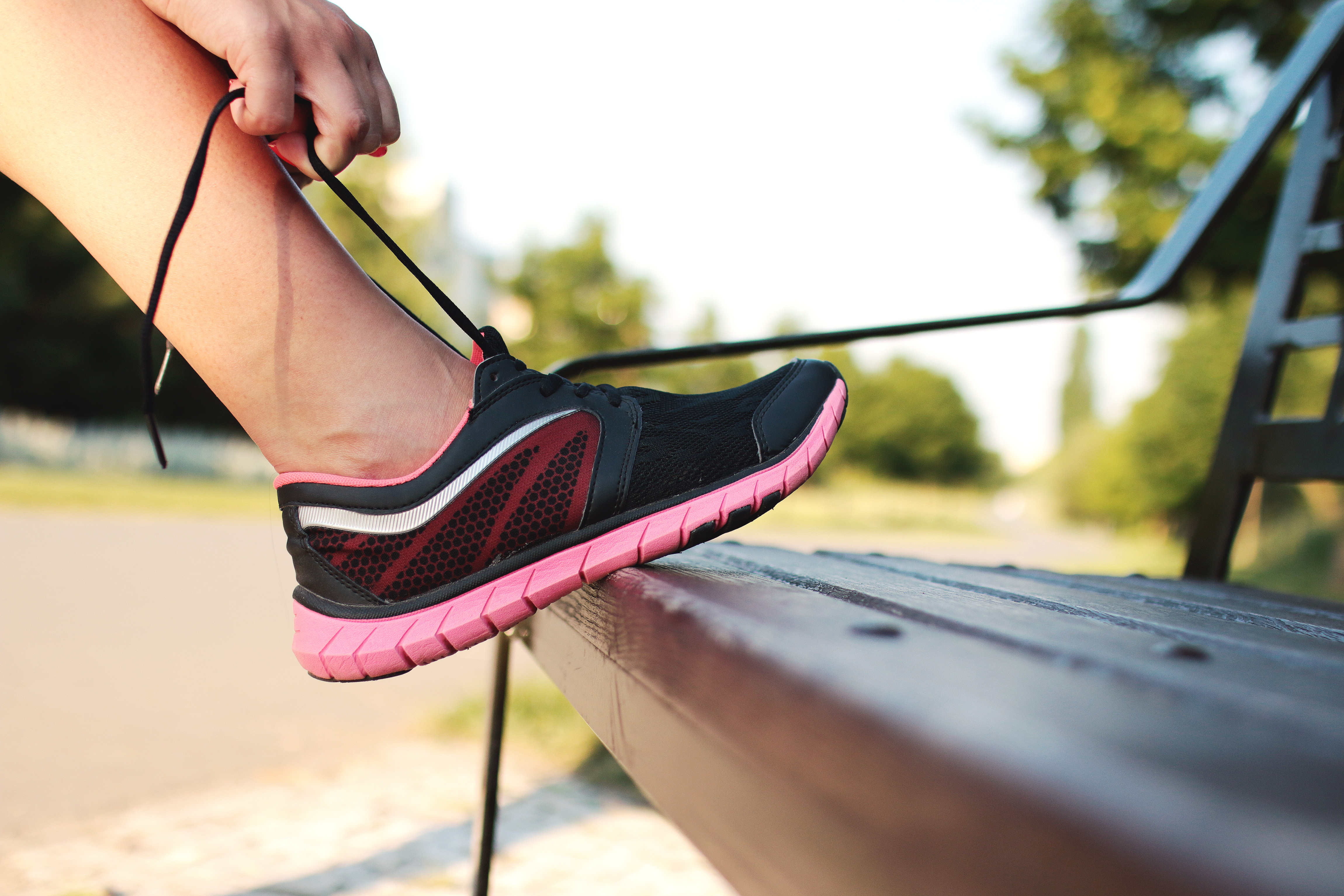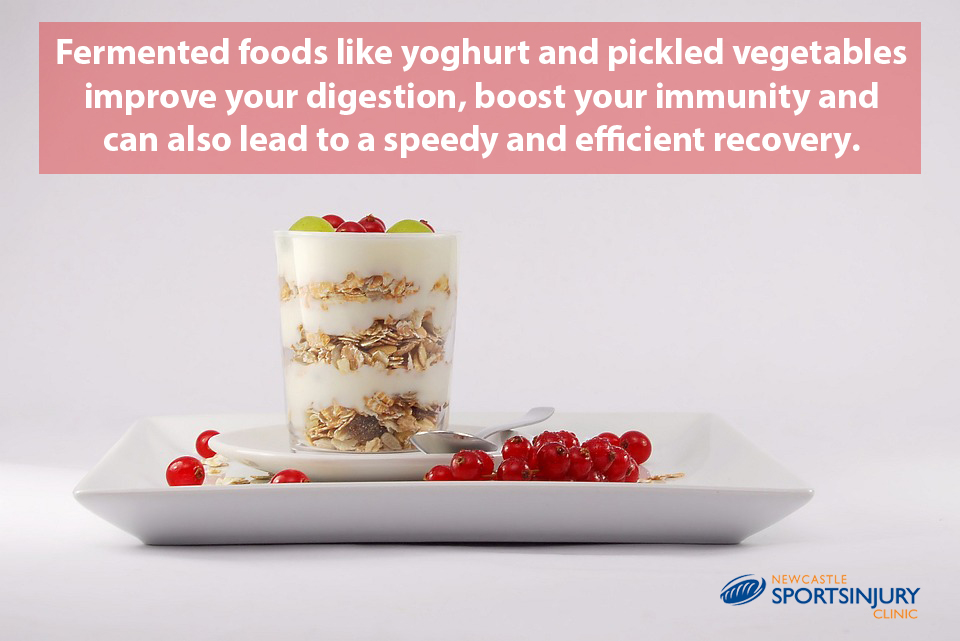If you’ve signed up for the Great North Run, you should be immersed in your training programme right now. How do your feet feel? What are your shoes looking like? Do you have the right running shoes to take on a half marathon effectively and without pain?
If you want to get some new shoes for the Great North Run, now is the best time. Don’t leave it too late; you want to give your feet plenty of time to adjust to your new trainers.
Absolutely, never, ever run a major event like the GNR in brand new shoes. The blisters you will almost inevitably get could leave you in pain for days, if not weeks.
Buying the right running shoes for a marathon or half marathon
First of all, it’s good to note that, while everyone’s feet are unique, unless you have very specific requirements, or you’ve suffered an injury that requires extra support, you should not need to purchase a very expensive pair of running shoes. A good running shop ought to be able to steer you towards a decent pair of shoes.
However, if that is the case, you are best off requesting personalised advice from a podiatrist, who can advise on the right type of shoe or provide orthotics unique to your feet. Newcastle Sports Injury Clinic’s physiotherapists and podiatry team are always on hand to help give advice on gait, running style and specific running shoe requirements if needed.
However, if you’re looking to purchase a standard pair of running shoes, here’s some advice to keep in mind:
Generally, marathon running shoes should be somewhat lightweight, yet provide plenty of cushion and heel support, for protection and to potentially take some pressure off your joints.
We’ll start off with an obvious point, but unfortunately, one that we’ve come across as causing problems for runners:
- Try on the shoes before you purchase them.
At the shop, try the shoes on with socks you’d be likely to wear when running. Fasten the shoes up correctly, and have a little run around the shop. If they feet good on your arches, the balls of your feet and around your toes, and you’re happy with them, buy them and take them home. Then…
- Test the running shoes before you make a final decision to run in them.
Wear the shoes around the house for an hour or so, or bring them to a gym and give the shoes a test run on the treadmill. Make sure they still feel supportive and comfortable, and see how your feet feel the following day.
- Invest in a decent pair of running socks.
Run with socks that are well-cushioned, well-stitched and breathable.
- Train in the shoes repeatedly.
Ensure that your feet are used to these shoes, and that your body reacts well to running in them. Wear the shoes for training, including one of your longer, marathon-pace training runs.
If, when choosing a new pair of trainers, you’ve significantly altered the kind of shoes you are wearing, it’s likely that your muscles will feel different or tight after the first few instances of wearing the new shoes regularly. In this case, sports massage can be particular helpful, as it can help ensure a smooth transition. If you believe you’re suffering an injury or new issue with your feet following a change of running shoes, a review from a podiatrist can also be very valuable.
Get in touch with our expert team of Great North Run physiotherapists and podiatrists for a free triage conversation, tailored advice on running shoes, gait or training plans, or for a sports massage pre- or post-marathon.


